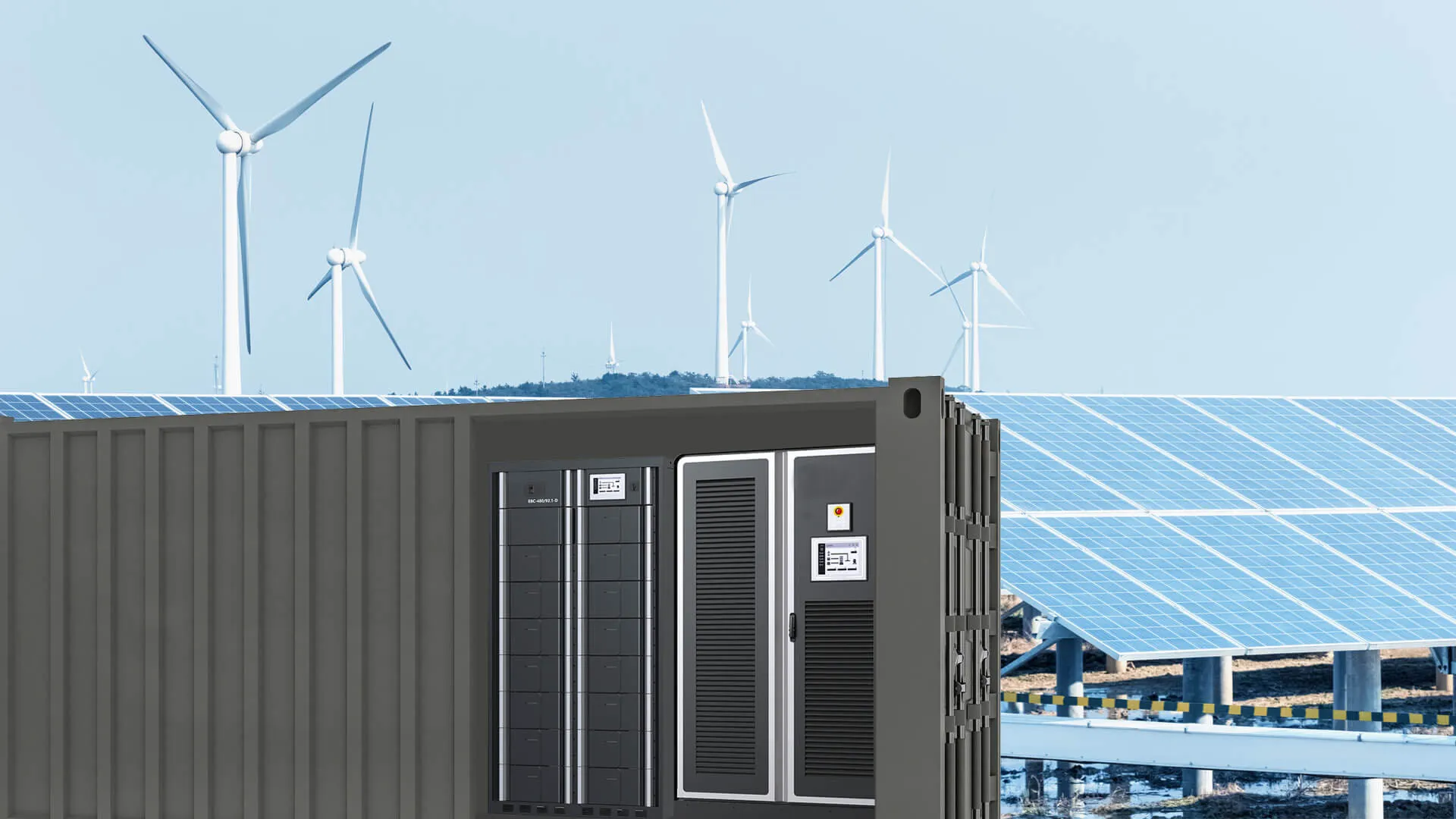
5 月 . 15, 2024 15:03 Back to list
Giant energy storage batteries are transforming the American power system
California is leading the nation in solar energy utilization, but faces challenges due to the intermittent nature of solar power. As solar power peaks during the day, it diminishes in the evening, precisely when electricity demand surges as people return home from work. To bridge this gap, power companies resort to burning more fossil fuels like natural gas. However, California is now spearheading a shift towards integrating giant batteries into its energy grid. Since 2020, the state has installed a substantial number of giant batteries that rank second globally, after China. These batteries can store excess solar power generated during the day for use during high-demand periods at night.
These massive batteries are playing a pivotal role in California's energy grid by reducing its reliance on fossil fuels during the nighttime hours. On a specific evening on April 30, between 7 p.m. and 10 p.m., batteries provided more than 20% of California's electricity and delivered a remarkable 7,046 megawatts of power within minutes. This output was equivalent to the combined power output of seven large nuclear reactors. The adoption of giant batteries is a growing trend across the United States, with power companies increasingly turning to them to address the intermittency of renewable energy sources like wind and solar power.
The swift deployment of battery storage systems in California is seen as a glimpse into the future of energy grids across the nation. The head of U.S. power analysis at BloombergNEF, Helen Kou, highlights how batteries are transitioning from niche applications to efficiently managing significant amounts of renewable energy during peak demand times. Over the past three years, battery storage capacity on the U.S. grid has increased tenfold to reach 16,000 megawatts, with predictions of doubling again this year. States like Texas, California, and Arizona are leading the charge in expanding their battery storage capabilities.
Most grid batteries rely on lithium-ion technology, akin to the batteries found in smartphones and electric vehicles. The plummeting costs of battery technology, attributable to the expansion of the electric vehicle industry, have made them a cost-effective option for large-scale energy storage. Federal subsidies have also played a crucial role in accelerating the growth of energy storage solutions. As utilities diligently manage these batteries in innovative ways, they are better equipped to handle fluctuations in power generation from renewable sources, mitigate congestion on transmission lines, and avert blackouts during sweltering summer heatwaves.

California, known for its ambitious climate change goals, is banking on grid batteries to propel it towards a future powered entirely by carbon-free sources by 2045. Although the state currently relies heavily on natural gas, energy storage batteries are gradually encroaching on the fossil fuel market. Regulators aim to triple the state's battery capacity by 2035 to pave the way for an increased integration of renewable energy sources on the grid. California's current 10,000 megawatts of battery capacity can power approximately 10 million homes for a few hours, showcasing the significant progress made in energy storage solutions.
The effectiveness of batteries in managing California's grid is emphasized by John Phipps, the executive director of grid operations for the California Independent System Operator. He praises the batteries for their efficiency in handling the evening decline in solar generation coupled with an upsurge in customer demand. Additionally, batteries are instrumental in fortifying California's grid against threats from heatwaves and wildfires. In Texas, batteries are predominantly used for providing ancillary services to stabilize the grid during unforeseen disruptions, given the state's heavier reliance on wind power compared to California.
The contrasting approaches taken by California and Texas towards the deployment of battery storage systems shed light on the different factors influencing their decisions. In California, stringent regulations drove the rapid installation of storage capacity to mitigate the risk of blackouts posed by aging gas plants. Conversely, Texas operates within a deregulated electricity system where market forces dictate the deployment of battery storage. The state's system allows for significant price fluctuations, enabling battery developers to capitalize on peaks in demand for substantial profits.
As the United States navigates towards a greener energy future, battery technology is set to play an increasingly crucial role in securing the stability and sustainability of energy grids. Despite the remarkable progress made in battery storage solutions, the industry still faces obstacles. Challenges such as the flammability of lithium-ion batteries and resistance from some communities towards hosting storage facilities in their vicinity remain significant hurdles. Additionally, the reliance on battery imports from China exposes the industry to potential disruptions due to trade disputes, while regulatory complexities in some states limit the rapid expansion of energy storage solutions.
-
Unraveling the Power of EMS Energy Management Systems
NewsOct.23,2024
-
Unleashing the Potential of Power System Management and Smart Energy Solutions
NewsOct.23,2024
-
Smart Energy Mastery: Unleashing the Power of Controls
NewsOct.23,2024
-
Smart Energy Management: Unleashing the Power of Energy Management Systems and BMS Energy
NewsOct.23,2024
-
Powering Progress: ADMS, Intelligent Management & More
NewsOct.23,2024
-
Energizing the Future: Devices, Smart Management & Savings
NewsOct.23,2024


